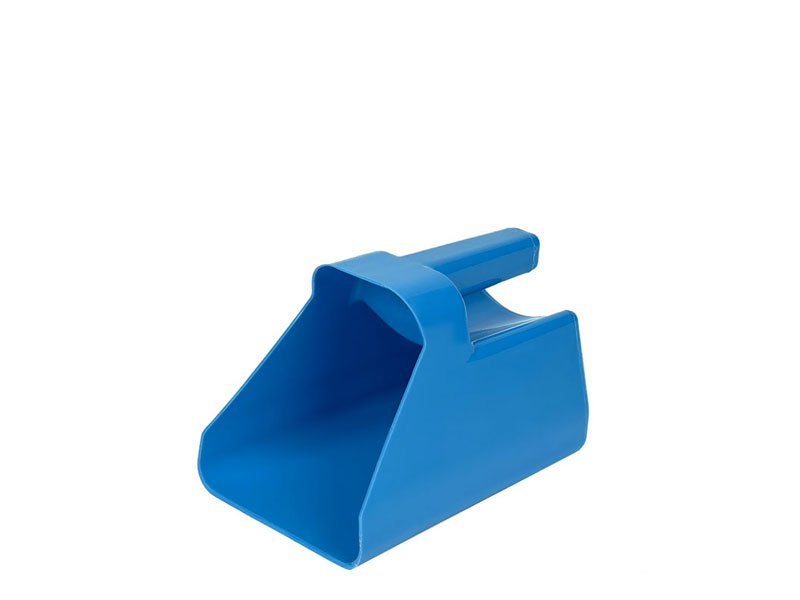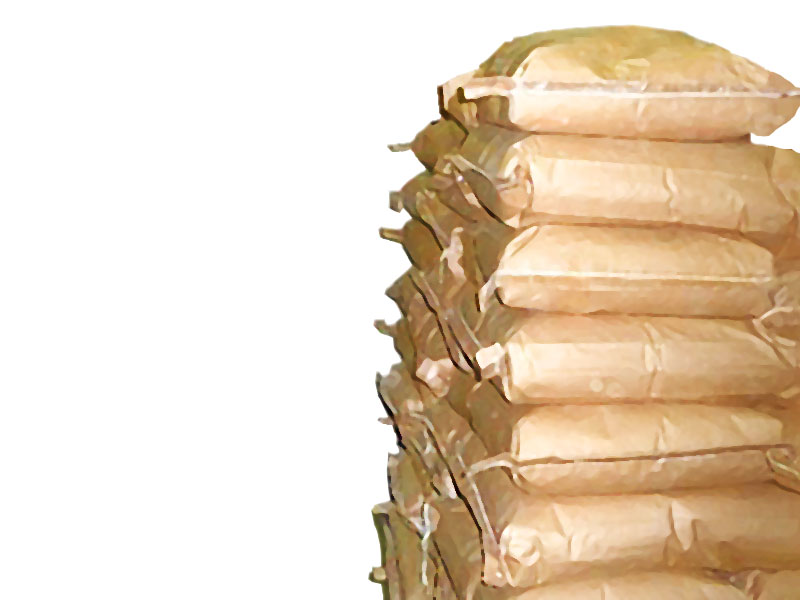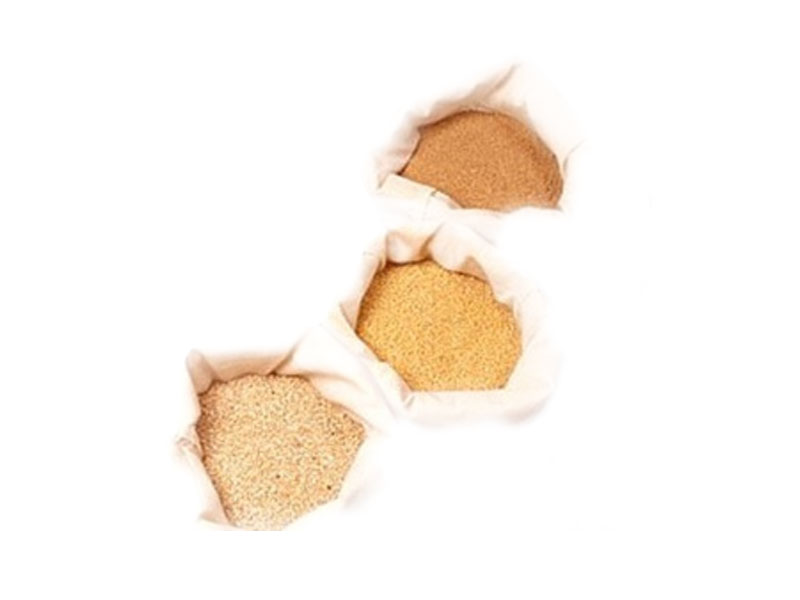
Feeding Instructions
You easily can tailor this feed system for any horse in your barn, and our 2 feed calculators cover all the bases.
Read more
Distributors
Use our map to find a local distributor, and learn how you can approach your local feed store about carrying it.
Read more
Order A Pallet
Each pallet contains 40 bags (50 lbs. each). The more pallets in an order, the less you pay per lb. in freight.
Read more
Make it Yourself
With a little extra work, you can save money on shipping by locally sourcing a few feed ingredients.
Read moreCutting Edge Ingredients and Formulas
A clean quality forage and pasture, and then balance it out with the very best protein, fat, vitamin, mineral, and probiotics supplement: Equine Plus®.
The protein % of Equine Plus® Feed is the very highest on the U.S. market, and its fats are well known to be of the highest quality, and they are never cooked or heated. Additionally, if a particular horse happens to require higher carbs or fat, we recommend adding steam-rolled oat groats for carbs, and oils such as canola or grape seed oil which are high in mono-unsaturated fats.
This feed system allows you to custom tailor feed protocols for any horse in your barn regardless of age, sex, breed, health compromise or performance expectations. In fact, this feed system was first developed for the horse racing market, and was later found, in the 1980s, to be flexible and complete enough to bring great results to horses in every category.
You can order all Equine Plus® products either direct from us, or from a local distributor.
General Feeding Instructions
• 2-3 lbs. per day - per 1,000 lbs. of total body weight (for average sized horses)
• Large horses [16H+]: feed 3½ lbs. per day
• Small horses [14H]: feed 1½ lbs. per day
- For additional carbs, if needed, add oat groats or rolled barley to maintain weight
- Feed with grass hay only
- Do not overfeed
Customizing for Any Horse
Carbohydrate Supplement
Energy, or carbohydrate, needs change with harder work. The best and safest carb sources for higher energy needs are:
- Steam Rolled Oat Groats (often known as feed grade oatmeal)
- Steam Rolled Barley flakes.
Steam rolled oat groats are far better than whole oats, for horses. 'Oat groats' is the more technical term more what is commonly known as oatmeal. The whole oat gets crimped, which flatens the oat and separates off the shell (known as the hull - which is indigestibe and has no nutritional value). The steam rolling process then cleans dirts and molds off the final product.
The outer most parts of the plant, including the hulls are where the pesticides, herbicides, and fungicides get sprayed on the plant in the feild. These chemicals are designed/formulated to stick to the outer coating of the oat even in the harshest weather and acid rain.
It is good to mix both oat groats and barley at approximately 3 parts oats to 1 part barley (3:1), or lower ratio depending on the horse's needs. In many cases, oat groats alone are acceptable. Your feed dealer can order these for you if they do not already carry them. They are sometimes called feed grade oat meal.
When you add oat groats and/or barley to the diet for higher energy needs, you're also adding some protein. You can maintain the same daily feeding amount of Equine Plus® while simply adding or subtracting oat groats and/or barley to meet just about any energy needs you might have for a horse. This is the only feed system that allows you to easily customize the diet for a wide range of horses.
All-in-one feeds are so high in carbs that if you wanted to lower the carbs, which is best practice for days off, you also have to deprive the animal of protein and fats too. With the Equine Plus® Feed system, you can personalize the protocol for every horse in the barn, on any given day of work, for every size, breed and age.
Protein & Fat Supplement
If a horse requires higher fat for any reason, we recommend supplementing the diet with oil high in mono-unsaturated fats such as canola, coconut, hemp, or grape seed oil.
The quality of fats or oils your horse consumes is very important. Equine Plus® contains a great blend of fats, with helpful amounts of DIM (Diindolylmethane) useful to enhance the body's ability to detoxify normal daily build ups. Because Equine Plus® is never exposed to high temperatures (like extruded and pelleted feeds) the quality and freshness of the most volatile ingredients such as fats, probiotics, and B vitamins are fully preserved until they reach the digestive tract. There are no transfats in Equine Plus®.
Hay
Always use only grass hay with all horses, as legumes like alfalfa and clover contain at least 5 naturally occurring compounds that will compromise thyroid function by interfering with the binding of tyrosine to iodine to make thyroxin. For this reason, all legumes have traditionally been labeled as "goitrogens", though an actual goiter itself does not have to be present for them to compromise thyroid hormones.
Horses with insulin resistance, obesity and/or laminitis that are not working do great on Equine Plus® and grass hay alone, helping to resolve or minimize these problems. You can add small amounts of oats to maintain weight should they lose too much body fat. We do NOT recommend feeding barley in this case as it is just too 'hot' of a feed ingredient for horses in this category.
Types of Horse
Performance horses in hard work need between 5-10 lbs. of carbohydrate supplement like our recommended oat groat and/or barley mix - above. NEVER feed whole barley as it tends to contribute to colic.
Growing horses, breeding stallions, broodmares especially in the last 3 months of gestation, as well as lactating mares and elderly horses also need extra carbohydrates. Use the recipe above and feed enough to maintain weight. That is your best indication for amounts. Do not overfeed, especially growing horses, which are healthier lean.
Different breeds and different body styles will need different levels of carbohydrates as they metabolize them differently. Just like the comparative body styles in humans of the endomorph (thicker build), the mesomorph (medium build) and the ectomorph (thinner built), the thicker built body does better with less carbohydrates, and the thinner build needs more carbohydrates. Both need approximately the same amount of protein. Different breeds of horses are further differentiated according to the work they were bred for. Thoroughbreds and standardbreds have a higher percentage of fast twitch muscles for speed, and do better with more carbohydrates. The average racehorse will do well with just 2 lbs of Equine Plus® per day as the additional of the protein for performance is made up in the oat and/or barley mix.
Warmbloods have a higher percentage of slow twitch muscles and do better with more protein to maintain their thicker musculature, as well as added carbohydrates in accordance with workload.
Daily Feeding Calculators
Find out exactly how much to feed your horse to maximize results.
Equine Plus® Feed by Weight
(more accurate)
How many pounds does the horse weigh?
--
Equine Plus® by Height
(less accurate)
--
